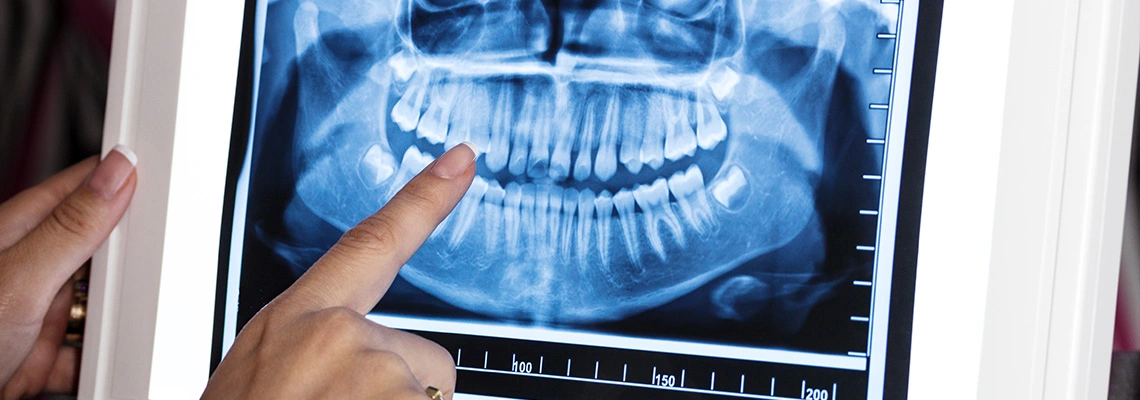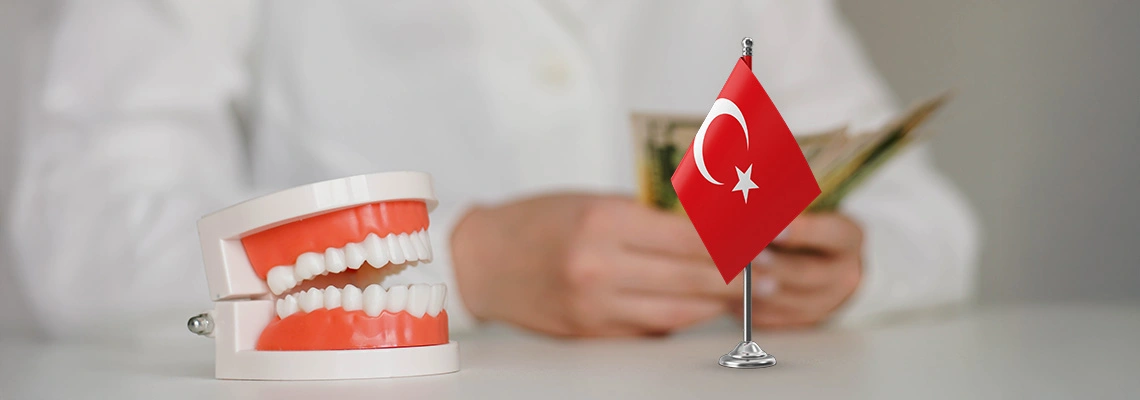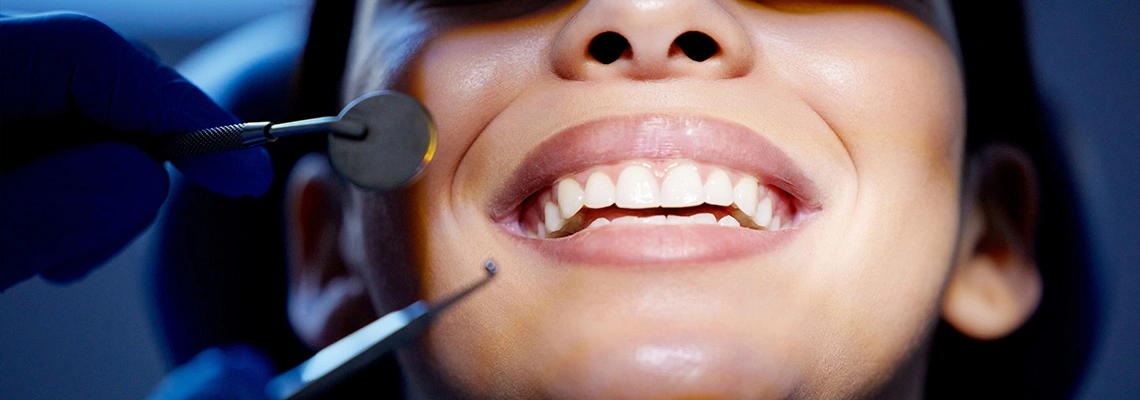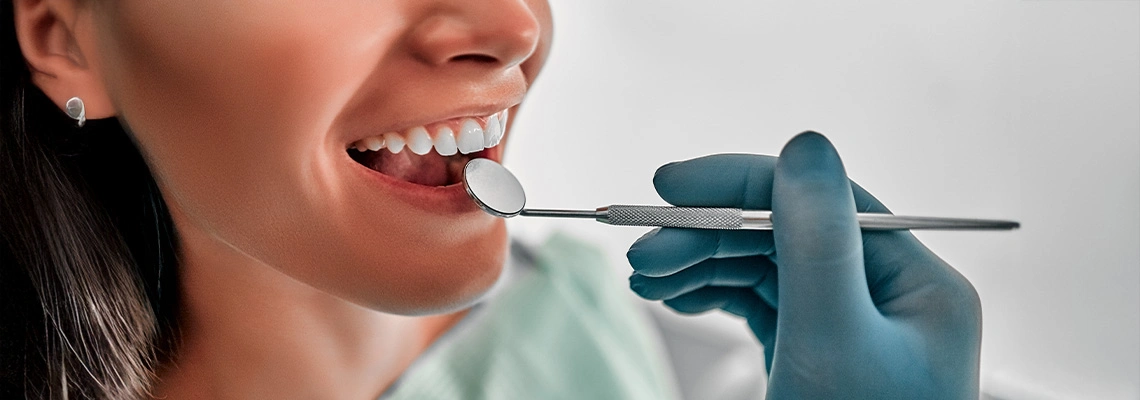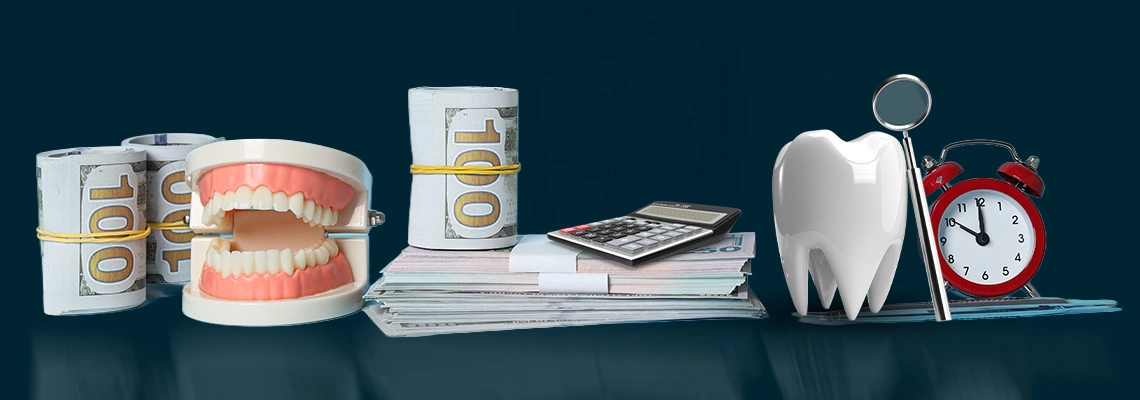Before undergoing this procedure, it's crucial to be aware of the potential risks of breast augmentation. While full breasts are often seen as a symbol of femininity and beauty, and many women seek augmentation to boost their self-confidence through breast implants, it's important to recognize the potential complications associated with the procedure. This article will explore the key risks to consider before making an informed decision.
Table of contents:
How safe are breast implants now?
Breast implants have become increasingly safe and effective in recent years. While potential risks exist, such as breast implant-associated anaplastic large cell lymphoma (BIA-ALCL) and systemic symptoms, advancements in materials and surgical techniques have significantly reduced these risks.
Silicone gel-filled implants and saline-filled implants are two of the most commonly used materials. Silicone implants offer a natural feel and appearance but may pose a risk of silicone gel bleed in case of rupture. Saline implants, on the other hand, are generally safe and less likely to cause rippling, but may not feel as natural as silicone implants. Newer materials, like gummy bear implants, offer improved stability and natural appearance but require a larger incision for insertion.
Table of contents:
What is the most common complication of breast augmentation surgery?
The most common complication of breast augmentation surgery is capsular contracture. This occurs when the body forms a thick layer of scar tissue around the implant, causing the breast to feel firm, hard, and sometimes painful.
Symptoms of your body rejecting breast implants (capsular contracture):
-
Pain: The breast may feel tender or painful to the touch.
-
Hardness: The breast tissue may feel hard or firm. 1
-
Shape change: The breast may change shape, becoming more rounded or less natural-looking.
-
Nipple pain or discomfort: The nipple may become tender or painful.
-
Difficulty moving the arm: In severe cases, the contracture may restrict arm movement.
Long-term side effects of breast implants
Long-term side effects of breast implants can include:
-
Capsular contracture: This is the most common complication, where scar tissue forms around the implant, making it feel hard and sometimes painful.
-
Implant rupture or leakage: The implant may rupture or leak, requiring replacement.
-
Breast implant-associated anaplastic large cell lymphoma (BIA-ALCL): This is a rare type of cancer that can develop in the scar tissue around the implant.
_1732188838.jpg)
Signs of breast implant problems:
-
Changes in breast shape or size: The breasts may become asymmetrical, or one breast may become significantly larger or smaller than the other.
-
Pain or tenderness in the breasts: The breasts may feel sore or tender to the touch, especially during physical activity or menstruation.
-
Hardening of the breast tissue: The breast tissue may feel hard or firm, making it difficult to move the implant.
-
Nipple pain or discharge: The nipple may become tender or painful, and there may be a clear or bloody discharge from the nipple.
-
Difficulty moving the arm: In severe cases of capsular contracture, the scar tissue may restrict movement of the arm.
Other signs of breast implant problems:
-
Skin changes: The skin over the implant may become red, irritated, or inflamed.
-
Swelling: The breasts may become swollen or enlarged.
-
Fever: A fever may be a sign of infection.
Can your body reject breast implants years later?
While your body does not reject breast implants such as the transplanted organ, it can react negatively over time. The most common problem is the shrinking of the wallet, where scar tissue forms around the implant, causing pain and toughness. Other potential long-term problems include transplant rupture, leakage, and a rare type of cancer called BIA-ALCL. It is necessary to monitor signs of problems such as changes in the shape of the breast, pain, stiffness, nipple problems, and limitations of arm movement. If you notice any of these, consult your doctor.
What is the safest way to get breast implants?
To ensure the safest breast implant surgery, consider the following:
-
Choose a Suitable Clinic: Select a reputable clinic with a proven track record of successful breast augmentation procedures. Consider factors like hygiene standards, accreditation, and staff qualifications.
-
Choose a Qualified Surgeon: Select a board-certified plastic surgeon with extensive experience in breast augmentation. Research their qualifications, credentials, and patient reviews.
-
Choose a Suitable Implant: Consider factors like implant type (saline or silicone), size, and shape, in consultation with your surgeon to achieve your desired outcome and minimize potential complications.
-
Understand the Risks and Benefits: Be fully informed about the potential risks and benefits, including capsular contracture, implant rupture, and infection. Discuss your medical history, lifestyle, and expectations with your surgeon.
-
Follow Pre-Operative Instructions: Adhere to pre-operative guidelines, such as avoiding certain medications, smoking, and alcohol consumption.
-
Post-Operative Care: Follow your surgeon's post-operative care instructions meticulously and attend follow-up appointments.
-
Realistic Expectations: Have realistic expectations about the results and recovery process. Remember that breast implants are not a permanent solution.
-
Ongoing Monitoring: Schedule regular check-ups with your surgeon to monitor your implants and address potential issues. Be aware of the signs of complications and seek medical attention promptly.
_1732188800.jpg)
If you are considering breast augmentation in Turkey and want to ensure a safe and effective procedure, do not hesitate to contact Mira Clinic for an online medical consultation.
Sources:
- Risks and Complications of Breast Implants
- https://www.fda.gov/medical-devices/breast-implants/risks-and-complications-breast-implants
- Seven signs you need a breast implant revision
- https://www.plasticsurgery.org/news/blog/seven-signs-you-need-a-breast-implant-revision
- Breast augmentation
- https://www.mayoclinic.org/tests-procedures/breast-augmentation/about/pac-20393178

